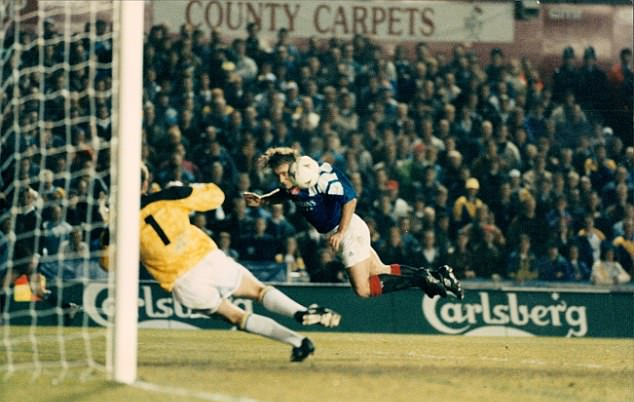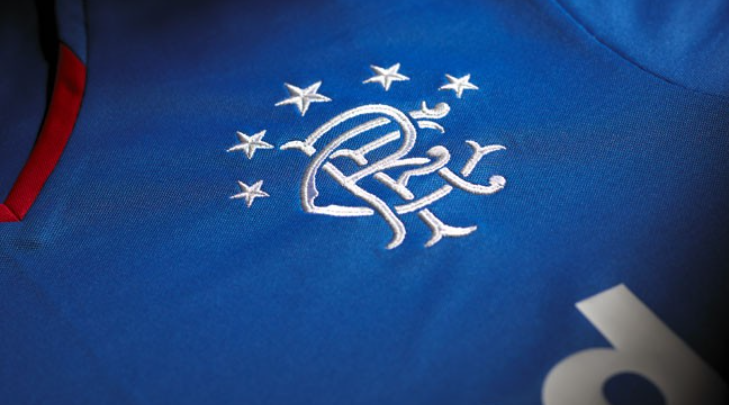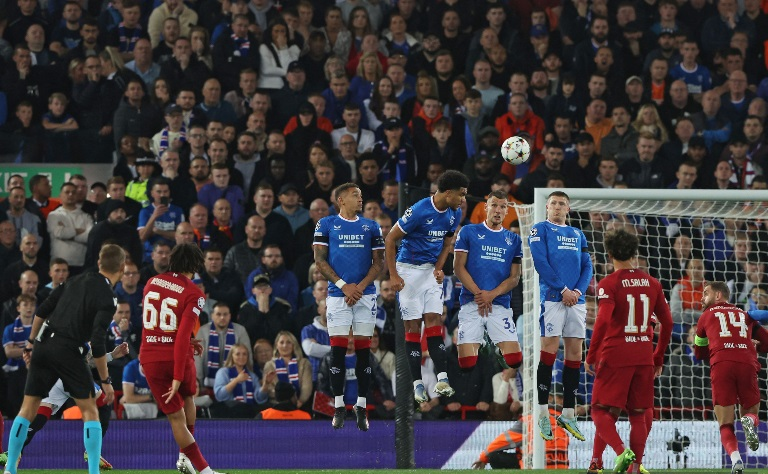Football rivalries are a key component of the sport, and few rivalries in the world are as intense as the one between Rangers and Celtic, collectively known as the Old Firm. The two Glasgow-based football clubs have been competing against each other for over a century, with matches between them often resulting in heated emotions and intense rivalries. In this article, we’ll delve into the history of this rivalry, exploring its origins, key moments, and significance.

- Introduction
The Old Firm is a term used to refer to the Glasgow-based football clubs, Rangers and Celtic. They are two of the most successful and popular clubs in Scottish football and have a long-standing rivalry that goes back over a century. Their matches are among the most eagerly anticipated fixtures in world football, and they are known for their intense atmosphere and passionate supporters. - Origins of the Old Firm
The Old Firm rivalry has its roots in religious and social divides in Glasgow. Rangers were formed in 1872 by a group of Protestant players, while Celtic was founded in 1888 by a Marist Brother to help alleviate poverty in the city’s Catholic community. The two clubs quickly became the dominant forces in Scottish football, with their first match taking place in 1888. - Early Years
In the early years of the Old Firm rivalry, the matches were relatively low-key affairs. However, as both clubs began to dominate Scottish football, the rivalry intensified. The first recorded instance of violence between the two sets of supporters came in 1909, when a match had to be abandoned due to crowd trouble. - The 1960s: An Era of Dominance
The 1960s were a period of dominance for Celtic, who won six league titles in a row between 1966 and 1971. However, Rangers’ success in Europe during this period helped to fuel the rivalry. The two clubs met in the 1969 Scottish Cup Final, which is still remembered as one of the greatest matches in the history of Scottish football. Celtic won 4-0, but the match was marred by a pitch invasion and violent clashes between the two sets of supporters. - 1970s and 1980s: Violence and Political Troubles
The 1970s and 1980s were marked by violence and political troubles in Glasgow, which spilled over into the Old Firm rivalry. Sectarian tensions were high, and the matches between the two clubs were often accompanied by violence and disorder. In 1980, a Rangers supporter was stabbed to death by a Celtic supporter after a match, and the Scottish government introduced measures to curb football-related violence. - 1990s: Rangers’ Nine in a Row
The 1990s were dominated by Rangers, who won nine consecutive league titles between 1989 and 1997. This period of dominance only served to intensify the Old Firm rivalry, with Celtic supporters desperate to see their team win the league. However, the 1990s were also marked by an improvement in relations between the two clubs and their supporters, with - Celtic’s Response and 2000s
Celtic responded to Rangers’ dominance in the 1990s by appointing a new manager, Martin O’Neill, who helped to bring success to the club. Under O’Neill, Celtic won three league titles and reached the final of the UEFA Cup in 2003. The early 2000s also saw a resurgence of violence between the two sets of supporters, with a number of high-profile incidents causing concern. - Modern Era
In the modern era, the Old Firm rivalry remains as intense as ever, with both clubs continuing to dominate Scottish football. The two clubs have been engaged in a battle for supremacy for over a century, and the rivalry shows no signs of abating. The matches between the two clubs are still among the most eagerly anticipated fixtures in world football, and they continue to attract huge crowds and passionate supporters. - Significance of the Old Firm Rivalry
The Old Firm rivalry is significant for a number of reasons. It is one of the oldest and most intense football rivalries in the world, and it has played a key role in shaping Scottish football. The rivalry has also had a profound impact on Glasgow and Scottish society more broadly, reflecting the deep-seated sectarian and social divides that exist in the city.
Conclusion
The Old Firm rivalry is a fascinating and complex phenomenon that has been shaped by a range of historical, cultural, and social factors. While it is often associated with violence and disorder, it is also a testament to the passion and intensity of football supporters. As we look to the future, it is likely that the rivalry will continue to play a key role in Scottish football, and in the hearts and minds of fans around the world.














